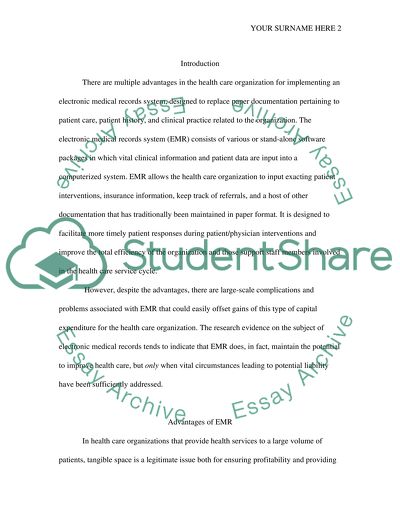Cite this document
(“Will Electronic Medical Records Really Improve Health Care Research Paper”, n.d.)
Will Electronic Medical Records Really Improve Health Care Research Paper. Retrieved from https://studentshare.org/health-sciences-medicine/1401486-will-electronic-medical-records-really-improve
Will Electronic Medical Records Really Improve Health Care Research Paper. Retrieved from https://studentshare.org/health-sciences-medicine/1401486-will-electronic-medical-records-really-improve
(Will Electronic Medical Records Really Improve Health Care Research Paper)
Will Electronic Medical Records Really Improve Health Care Research Paper. https://studentshare.org/health-sciences-medicine/1401486-will-electronic-medical-records-really-improve.
Will Electronic Medical Records Really Improve Health Care Research Paper. https://studentshare.org/health-sciences-medicine/1401486-will-electronic-medical-records-really-improve.
“Will Electronic Medical Records Really Improve Health Care Research Paper”, n.d. https://studentshare.org/health-sciences-medicine/1401486-will-electronic-medical-records-really-improve.


